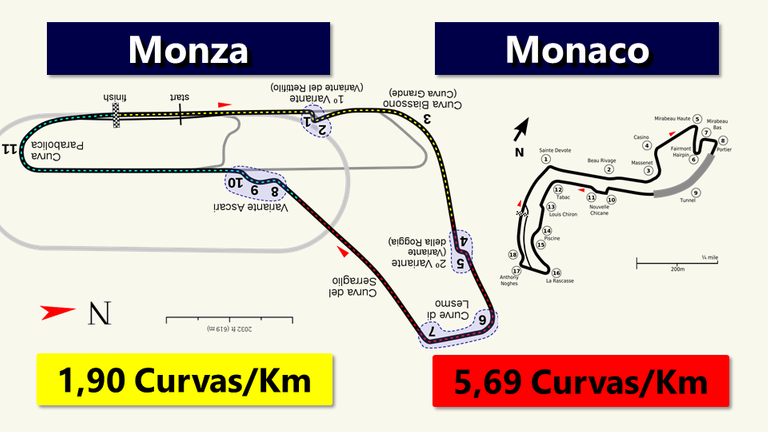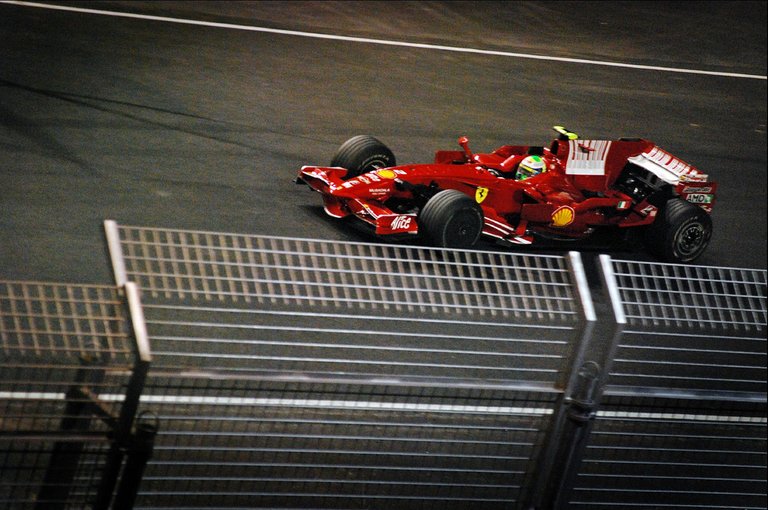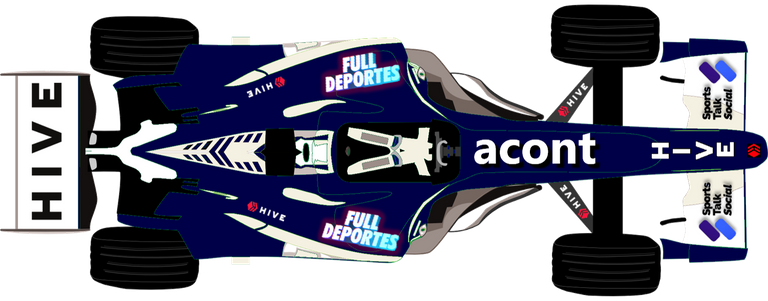En una publicación previa mediante video, realizada acá en la comunidad #FullDeportes, analizábamos un parámetro que se puede calcular en cada pista de carreras: el Número de Curvas por Kilómetro. Aunque esto es un aspecto matemático de cada circuito o autódromo, deportivamente hablando, podría traducirse en qué tan proclive es cada pista a brindar espectáculo o mayor cantidad de adelantamientos en carrera.
En teoría, mientras menor sea este número, más rápido o menos trabado es el trazado, fomentando mayor cantidad de adelantamientos.
Sin embargo, en dicho video llegábamos a la conclusión de que este parámetro no era del todo representativo de lo antes mencionado. Pistas como las de Hungaroring, Paul Ricard y Yas Marina resultaron ser, según este cálculo, más "rápidas" que otras como Silverstone, Spa o Interlagos. Es decir, aunque este cálculo sitúe a Monza y Mónaco efectivamente como extremos opuestos, en el medio de la lista surgen algunas inquietudes. Te invito ver ese Video anterior.


Cabe destacar que si no conoces el mundo de la Fórmula 1 quizás te preguntarás qué hay de especial en las pistas antes mencionadas y porqué "deberían" estar más arriba o abajo en la lista. Podríamos decir, de manera simplificada, que pistas como Monza, Silverstone, Spa-Francorchamps, Interlagos, Suzuka y Montreal, son de las más rápidas, por lo que el cálculo debería otorgarles números más bajos que otros circuitos y autódromos.
Número de Curvas/Km sin contar curvas a fondo
Lo que destacábamos en el anterior video era que el N° de Curvas por Kilómetro calculado no distinguía o no tomaba en cuenta factores como: forma de las curvas, cómo están distribuidas, longitud de rectas, si hay curvas donde no se frena, etc. En este video realizaremos este cálculo mediante esta última corrección: eliminando aquellas curvas donde no se frena.
Al final de este video, obtendremos resultados interesantes e incluso más fieles a la realidad. También nos damos cuenta que determinados tipos de pistas poseen más curvas sin frenar que otras, haciendo que su Número de Curvas/Km disminuyera de manera importante y situándolas más abajo en la tabla. También llegamos a la conclusión de que aún podrían analizarse más aspectos técnicos ya que aún quedan algunas pistas por allí que parecieran estar un poco "fuera de lugar". Quizás lo abordemos en otro video.
También, realizamos un pequeño recorrido por el Circuito Urbano de Singapur, sede del próximo Gran Premio a celebrarse este fin de semana del 30 de septiembre al 02 de octubre. Allí podemos ver cuáles de las curvas del circuito de Marina Bay podrían contarse, según mi criterio, como curvas donde no se frena, para así obtener un N° de Curvas/Km "corregido". De esta manera vemos que Singapur posee uno de los circuitos más trabados de la máxima categoría, aunque no más que el de Mónaco.
Deportivamente hablando, este número calculado nos puede servir de referencia para determinar qué tan proclive es un circuito a que nos de espectáculo y peleas en pista. Se debe mencionar que también hay muchos otros factores externos a la pista que entran en juego en esto, tal como los mismos autos o la lluvia.
🏁Nos vemos en el próximo video en donde analizaremos el Circuito Urbano de Singapur🏁 ¡Saludos!🛣️


In a previous post via video, published here in the #FullDeportes community, we analyzed a parameter that can be calculated for each race track: the Number of turns per kilometer. Although this is a mathematical aspect of each circuit or racetrack, sportingly speaking, it could be translated into how prone each track is to provide spectacle or more overtaking in the race.
In theory, the lower this number is, the faster or less tight the track is, encouraging more overtaking.
Nevertheless, in this video we came to the conclusion that this parameter was not entirely representative of the aforementioned. Tracks such as the Hungaroring, Paul Ricard and Yas Marina turned out to be, according to this calculation, "faster" than others such as Silverstone, Spa or Interlagos. That is, although this calculation places Monza and Monaco effectively as opposite extremes, some concerns arise in the middle of the list. I invite you to watch that Video above.
It should be noted that if you are not familiar with the world of Formula 1 you may be wondering what is so special about the tracks mentioned above and why they "should" be higher or lower on the ranking. We could say, in a simplified way, that tracks like Monza, Silverstone, Spa-Francorchamps, Interlagos, Suzuka and Montreal, are among the fastest, so the calculation should give them lower numbers than other circuits and racetracks.
Number of Corners/Km not counting flat-out corners.
What we pointed out in the previous video was that the calculated N° of Curves per Kilometer did not distinguish or did not take into account factors such as: shape of the curves, how they are distributed, length of straights, if there are curves where you don't brake, etc. In this video we will perform this calculation using this last correction: eliminating those curves where you do not brake.
At the end of this video, we will obtain interesting results and even more faithful to reality. We also realize that certain types of tracks have more curves without braking than others, making their Number of Curves/Km decrease significantly and placing them lower in the table. We also came to the conclusion that more technical aspects could still be analyzed as there are still some tracks out there that seem to be a bit "out of place". Perhaps we will address this in another video.
Also, we took a short tour of the Singapore Street Circuit, venue of the next Grand Prix to be held this weekend from September 30 to October 2. There we can see which of the curves of the Marina Bay circuit could be counted, according to my criteria, as non-braking curves, in order to obtain a "corrected" number of curves/km. In this way we see that Singapore has one of the tightest circuits in the top category, although not more than Monaco.
Sportingly speaking, this calculated number can serve as a reference to determine how prone a circuit is to give us spectacle and fights on track. It should be mentioned that there are also many other factors external to the track that come into play in this, such as the cars themselves or the rain.
See you in the next video where we will analyze the Singapore Street Circuit🏁 Greetings!🛣️
Translated to English language with the help of DeepL.com
FuentesSources
Música: Time for Machine (Gvidon) - Pixabay
Charles Leclerc's Onboard Pole Lap | 2019 Singapore Grand Prix | Pirelli
Lewis Hamilton's Onboard Pole Lap | 2021 Hungarian Grand Prix | Pirelli
Sentoan, CC BY 3.0, via Wikimedia Commons
Will Pittenger, CC BY-SA 3.0, via Wikimedia Commons
Will Pittenger, CC BY-SA 3.0, via Wikimedia Commons
Análisis del N° de Curvas / Kilómetro en circuitos de Fórmula 1
 |
 |
Otras redes sociales:
 |
 |
 |
 |
| ¡Gracias por visitar! — Deja tu comentario 🚥🏆  |
▶️ 3Speak




